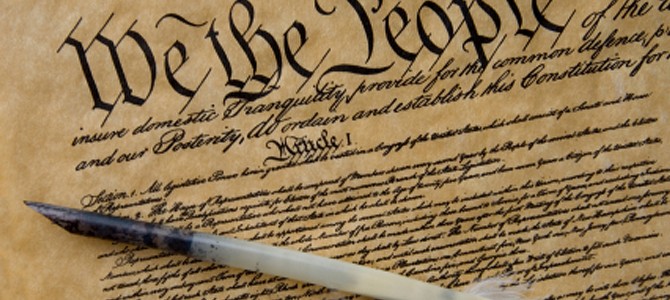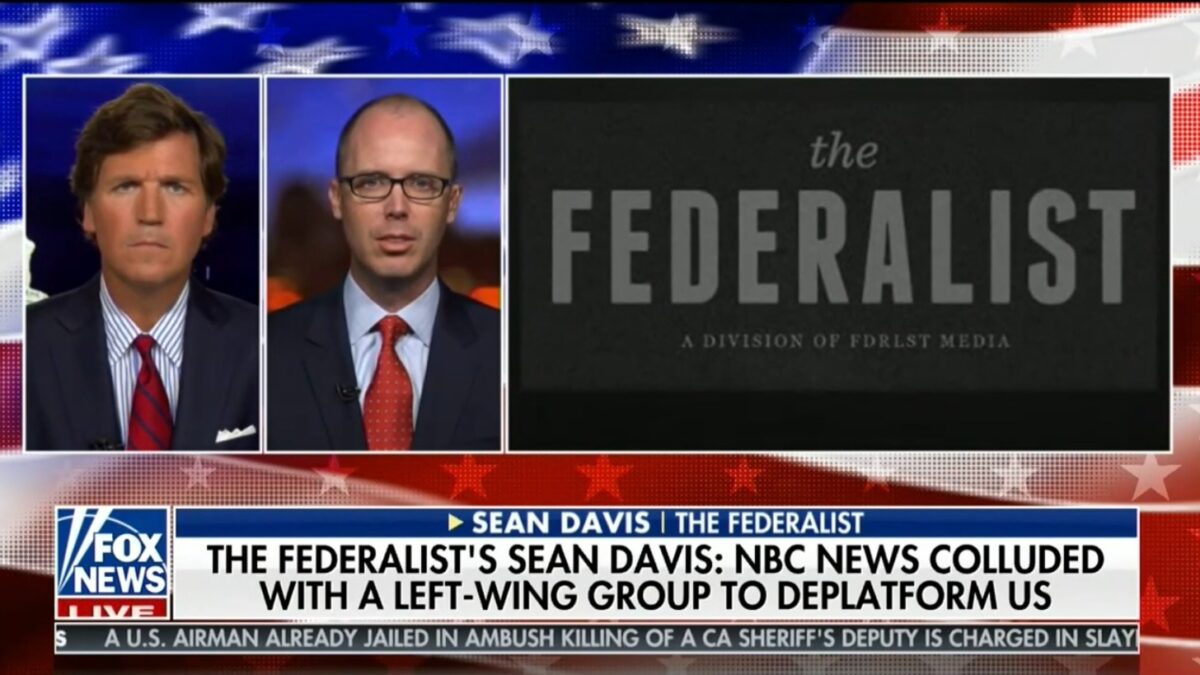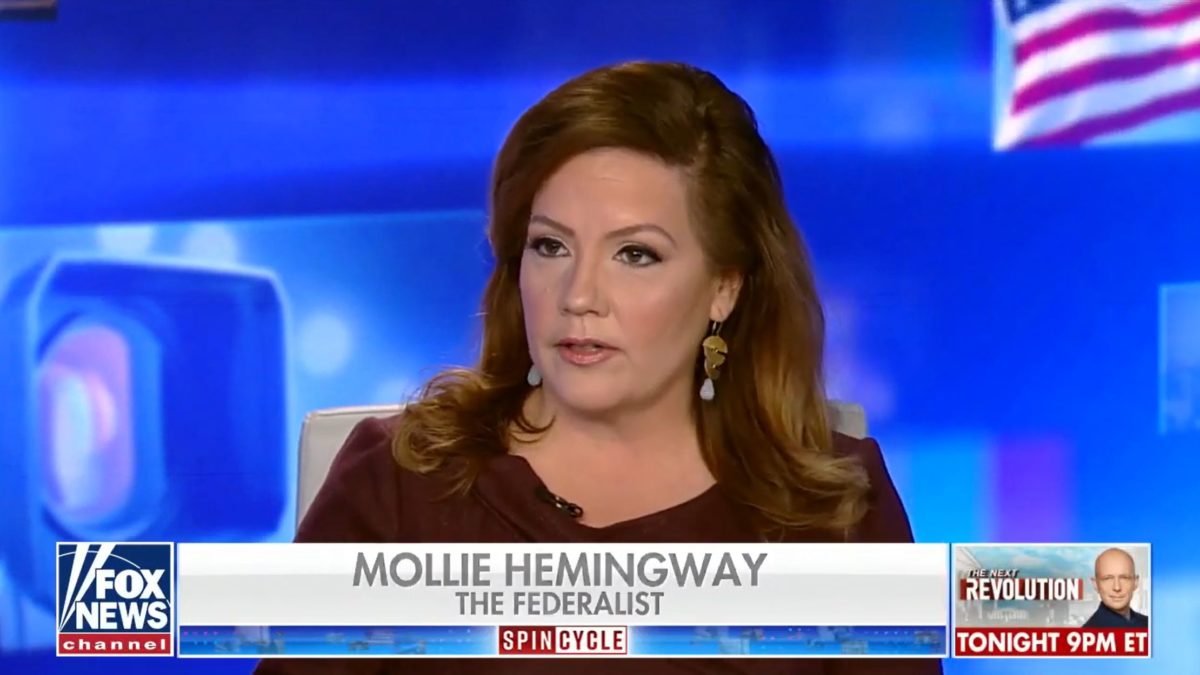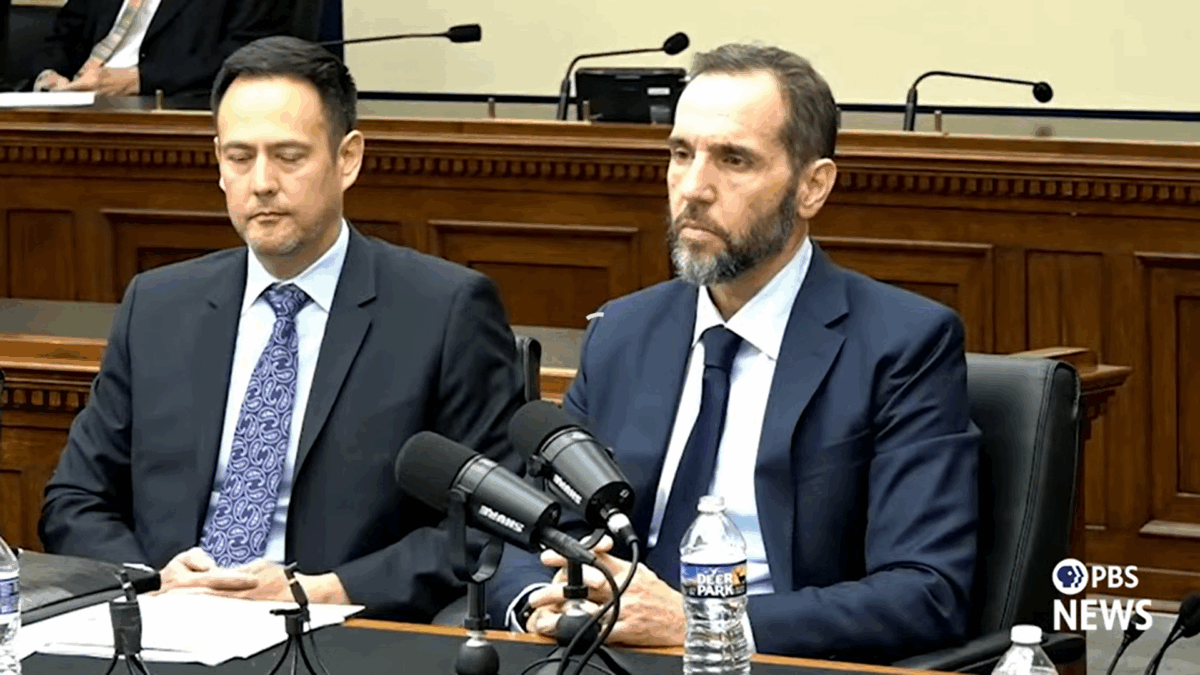
Last week, retired Supreme Court Justice John Paul Stevens suggested he could fix the Second Amendment with just “five extra words.” Given his political objective, if pressed, he might do more with even less, fixing the whole Constitution with just a one-word change in the preamble: “We the people government of the United States . . . ”
Stevens’s new Second Amendment is straightforward enough (his language in bold): “A well regulated Militia, being necessary to the security of a free State, the right of the people to keep and bear Arms when serving in the Militia shall not be infringed.” In fact, according to Stevens, there is nothing really new about it. Rather, it restores what he takes to be the original intent of the Amendment, which he believes has been misinterpreted in recent 5-4 Supreme Court rulings (District of Columbia v. Heller and McDonald v. Chicago) to protect a broad right of self-defense against not just national but also state and local legislation.
If Stevens’s is the true meaning of the Second Amendment (with or without his five extra words) then the Amendment rather surprisingly protects no one’s right to “keep and bear” their “Arms”–that is, it is compatible with a national law banning all private gun ownership.
Consider how this reading/revision of the Second Amendment fits together with Congress’s Article I, Section 8 power to regulate the militia:
To provide for organizing, arming, and disciplining, the militia, and for governing such part of them as may be employed in the service of the United States, reserving to the states respectively, the appointment of the officers, and the authority of training the militia according to the discipline prescribed by Congress; . . .
Notice that the Congress has the power to “provide for . . . arming . . . the militia.” If the right to “keep and bear” arms only applies to those serving in the militia and the Congress has the power to supply the arms that those serving “keep and bear,” then militia members need only receive and then return their government-issued weapons when called in and out of service, respectively. The government, then, could decide who gets weapons–and when. Sportsmen across the country would have to hope they get called out to fight deer overpopulation each fall.
But, the careful student of the Constitution will object, the Congress still can’t ban the private ownership of weapons without a clause in the Constitution empowering it to do so. Even if gun-owning is not positively protected from federal interference, the structure of the Constitution–establishing a federal government of limited, enumerated powers–prohibits any interference with it by the Congress. This is true, but inadequate today, since the Court and Congress have all but turned that structure on its head–assuming that the federal government can act anywhere the Constitution does not forbid. Stevens certainly presupposes that such expansive federal power exists, advocating a number of otherwise unconstitutional national gun laws, which plainly belies his claim to anything so modest as a restoration of the founders’ original intent.
This development–predicted by more than one Federalist–explains why Alexander Hamilton opposed adding a Bill of Rights to the Constitution and suggests the reason he grounded his own justification of a right to self-defense (and, therefore, possession of the means necessary for it) in natural law, rather than the British common law tradition.
Hamilton defends the proposed Constitution in Federalist 28 by arguing that nothing within it, including its allowance for standing armies, would enable the federal government to usurp the people’s natural rights:
The whole power of the proposed government is to be in the hands of the representatives of the people. This is the essential, and, after all, only efficacious security for the rights and privileges of the people, which is attainable in civil society . . . If the representatives of the people betray their constituents, there is then no resource left but in the exertion of that original right of self-defense which is paramount to all positive forms of government, and which against the usurpations of the national rulers, may be exerted with infinitely better prospect of success than against those of the rulers of an individual state.
A careful reading of Federalist 28 shows that Hamilton realized that any one of the three primary actors in American politics in 1787–the federal government, state governments, and the people–could challenge the supremacy of the others. Hamilton, a veteran who had fought in the American War for Independence against the injustices of the British Government, reminded the people of New York that the ratification of the Constitution would place them in a better position than ever to defend themselves against the abuses of either the state or the federal government.
Madison, meanwhile, proposed what became the Second Amendment in his speech advocating a Bill of Rights as a concession to Anti-Federalist concerns about the security of liberty under the original Constitution: “The right of the people to keep and bear arms shall not be infringed; a well armed and well regulated militia being the best security of a free country: but no person religiously scrupulous of bearing arms shall be compelled to render military service in person.” In Madison’s construction, the right of the people to keep and bear arms is the primary clause–which is also true in the resulting Amendment, though the order of clauses has been reversed.
There is much more that could be said about the original intent of the Second Amendment, which is ably set forth by Justice Scalia in his majority opinion in Heller. Justice Stevens, however, cuts that debate short by quoting approvingly the remark made by former Chief Justice Warren Burger (five years after he retired from the Court) that groups like the NRA have perpetrated a “fraud . . . on the American public” by advocating a reading of the Second Amendment’s history and purpose very similar to Scalia’s.
Justice Stevens perpetrates what the uncharitable might call his own “fraud” in dismissing concerns, in the founders’ day and ours, that the right of self-defense is in danger.
He argues that it is “absurd” to think that the founders had anything like the “common-law right of self-defense” in mind when they framed the Second Amendment, a “procedural right that has always been available to the defendant in criminal proceedings in every state.” In other words, one needn’t worry: according to Justice Stevens, the right to protect yourself isn’t going and hasn’t gone anywhere.
Sounds good–except that the common-law right Stevens is talking about is not the natural (“original”) right cited by Hamilton, nor so well secured as Stevens suggests.
What is the “common-law right of self-defense”? The ability to defend yourself in court against a charge of murder or manslaughter, for example, by claiming you used deadly force only in self-defense. This, of course, is an important right that properly distinguishes criminal and non-criminal violence. Rightly understood, however, this “procedural right” is but a single consequence of a deeper right to self-defense that must include not just an acceptable legal plea, but, among other things, the opportunity to protect yourself against a government that has closed the courts and otherwise set itself against the people. Cut off from the broader natural law principle, there isn’t much left–especially if law-abiding citizens can be forbidden to own the weapons necessary to defend themselves from predators private and public. This is all the more true in the labyrinthine world of the common law, which is always subject to revision by a simple majority in a legislative body.
What does all this mean? That not only does the content of our rights matter, but also the ground upon which they are claimed.
There was a time when the government and the governed understood that both the common law posited by judges and the statutory law posited by legislators had to find its legitimacy in the natural law posited by their common Creator. Today, however, when, as George Will recently noted, democratic process rather than moral content has become the measure of a law’s legitimacy, the only rights Progressives like Justice Stevens offer are those that have run the gauntlet of democracy–which, in practice, means those which have the approval of the governing class.
Alexander Hamilton’s reference to the “original right of self-defense” is in keeping with the broader principles of The Federalist. When defending the Constitutional Convention against the charge that it had exceeded its authority, Madison appealed in Federalist 40 to the people’s natural right, asserted in the Declaration of Independence, to “alter or abolish” a government that failed to protect their rights. He made a different kind of appeal to nature in the same essay in arguing that the means (amending the Articles in the context) should be sacrificed to the end (establishing a good national government), not the reverse.
Madison submits in Federalist 40 that the “great principles” upon which the United States had been built had not changed since the Declaration of Independence. As with the natural right to self-defense, these principles are not the abstruse results of technical legal distinctions, but are grounded in common sense and plain for all to see. It is thus with confidence that Madison offers the Convention’s work to the people as a gift from their “friends,” expecting them to affirm that the Constitution speaks for “We the people”–not the governing class.
Though perhaps also offered from a friend, Justice Stevens’s proposal can neither expect nor deserve the same judgment.
David Corbin is a Professor of Politics and Matthew Parks an Assistant Professor of Politics at The King’s College, New York City. They are co-authors of “Keeping Our Republic: Principles for a Political Reformation” (2011). You can follow their work on Twitter or Facebook.









